
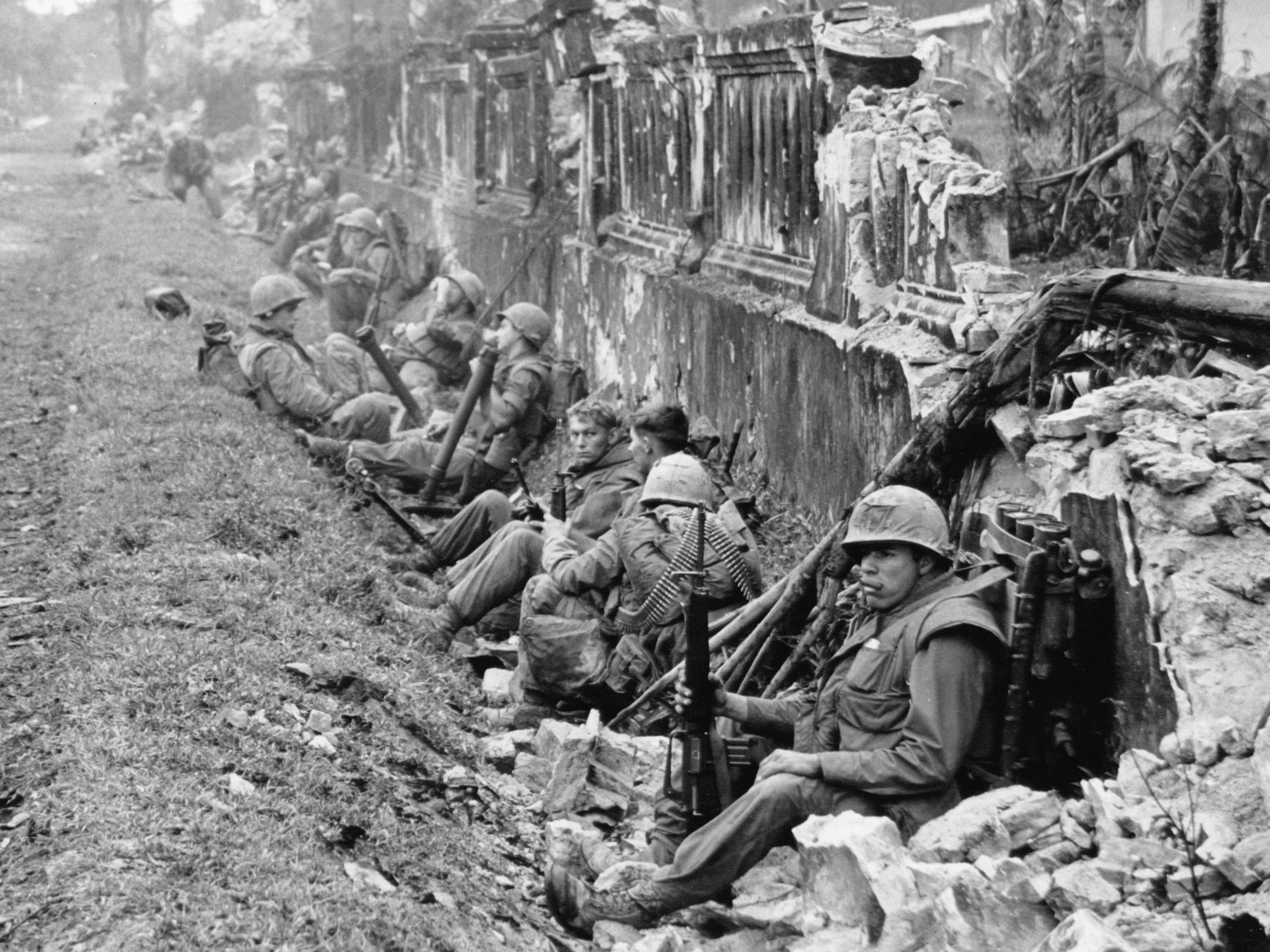
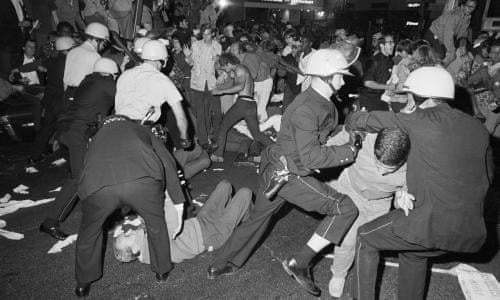
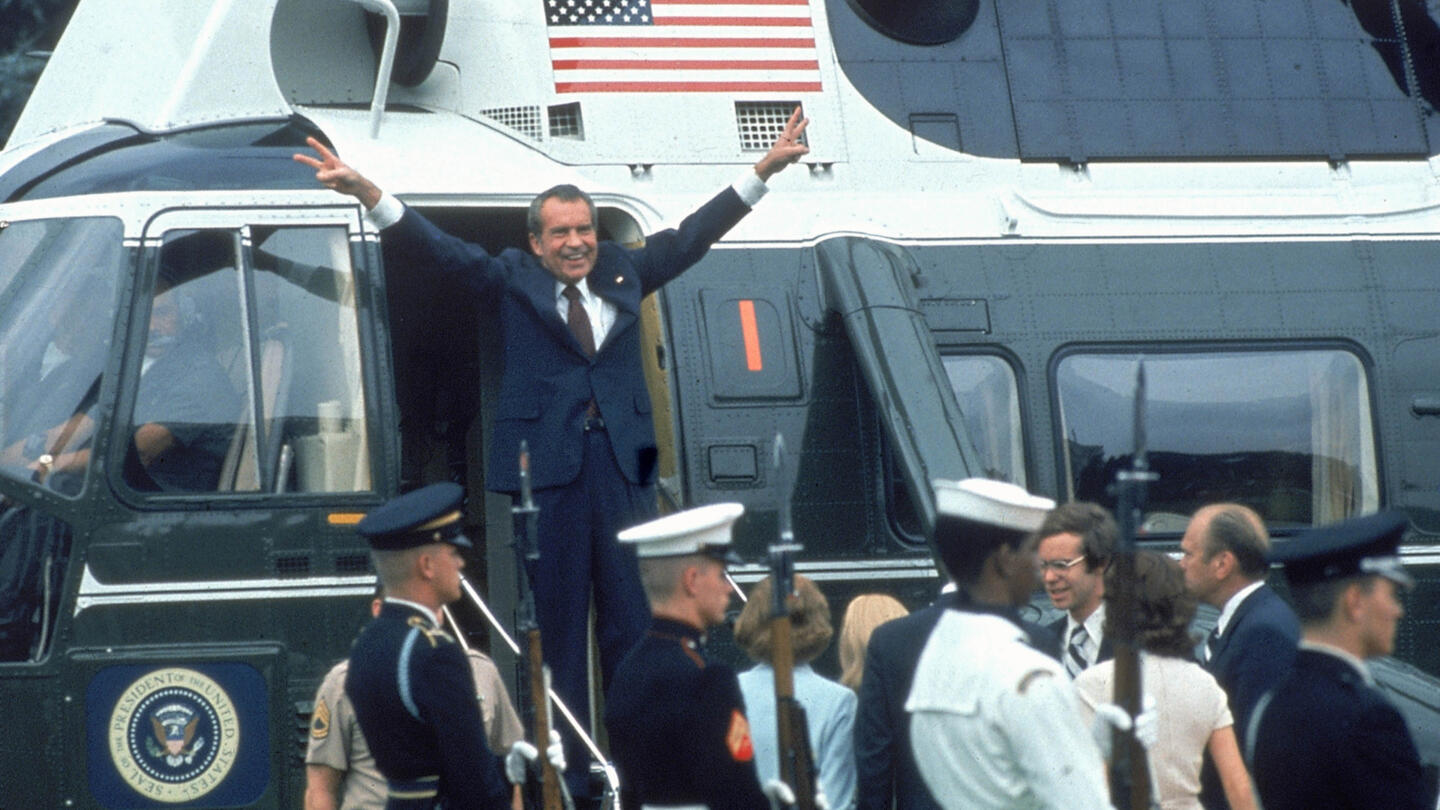
The History of the Cold War Part 3 (1963-1975)
Nothing is new under the sun. The same protests that we see in 2020 (in defending all black human lives and opposing police brutality) globally existed during the 1960's including the 1970's. Worldwide protests against the Vietnam War happened in 1969. From 1963 to 1975, some of the greatest political and social revolutions existed in human history. A cultural revolution is an accurate description of this influential time period. Rights were expanded among human beings along with the growth of the reactionary backlash. This blacklash caused the conservative and Bohemian Grove member Ronald Reagan to be governor of California in 1966. Reagan opposed Medicare, the California state Housing bill, the 1964 Civil Rights Act, and the 1965 Voting Rights Act. Therefore, Reagan was no friend of progressive change. In the very near future, I will expose the true legacy of Reagan's Presidency. We saw a cultural revolution so profound that human beings debate its merits today. Soul music from Motown and Stax dominated the airwaves with excellent black musicians like the Supremes, the Temptations, The Four Tops, Tammi Terrell, Gladys Knight and the Pips, and Martha and the Vandellas. The counterculture (which was a social movement that wanted to eliminate traditional cultural values to embrace more New Age ideologies) was abundant with hippies, love-ins, and Woodstock. The sexual revolution changed how some expressed their sexuality in public. Not to long ago, sexuality in America was expressed in a more puritanical way. That would change. This time saw the rise of new voices of black people loving their identities from Muhammad Ali to Ruby Dee plus Cicely Tyson. The Cold War expanded in the Vietnam War, increased various coups, and we saw detente. Nixon visited China, and great leaders of social activism were unjustly assassinated. The end of this era saw neoliberalism growing, deindustralization unfortunately developing more, and moderate American Presidents (i.e. Gerald Ford and Jimmy Carter) take control of the American government. That time was the peak of the post-WWII economic boom. The anti-war movement was in total strength, and black leaders from Ella Baker, Malcolm X, Fannie Lou Hamer, and to Dr. Martin Luther King Jr. spoke their minds in advocating for freedom and justice. The Soviet Union slowly declined in its influence by the 1970's Some of their leaders embraced detente with America in order for a negotiated settlement to reduce missiles in exchange for peaceful co-existence. Lives change, television changed (with U.S. TV shows displaying more risque subject matter), and it was an era of total human transformation.

LBJ"s Early Presidency
By the time of the rise of Lyndon Baines Johnson as President, we see the Cold War involved multiple blocs of power seeking control of the world's resources. Western Europe and Japan started to have massive economic growth. Their per capita GDP's were approaching those of the United States. The Eastern Bloc by the 1960's and beyond had stagnant economies. Capitalism was reaching its economic zenith for America. By the end of December 12, 1963, Kenya was independent from the UK. By January 23, 1964, the 24th Amendment was ratified to ban poll taxes. President Johnson would start his Presidency with a reactionary foreign policy. He supported the military led coup d'etat against the progressive President Joao Goulart in Brazil. Goulart wanted land reform and a bigger control of the state in its economy. The CIA thought that was communist, when it is a shame that extremists even demonize legitimate land reform. LBJ by April 20, 1964 said that he plans to cut back on the production of materials for making nuclear weapons. May 2, 1964 was when President Johnson gave his Great Society speech at the University of Michigan. This plan was created by the previous Kennedy administration. LBJ wanted to extend American prosperity to all citizens. By August of 1964, the Economic Opportunities Act was passed which started the Great Society programs officially. Decades later, the Great Society programs made great contributions to society, and it wasn't perfect. The problem wasn't that it went too far. It didn't go far enough, and many Great Society programs were cut by far right austerity programs. Jawaharal Nehru died on May 27, 1964. On July 4, 1964, The Rhodesian Bush War begins when African nationalist / Marxist insurgents rebel against colonial rule in Rhodesia (modern day Zimbabwe.) Malawi becomes independent from the UK.
August 4, 1964 was when the US President Lyndon B. Johnson claimed that North Vietnamese naval vessels had fired on two American destroyers in the Gulf of Tonkin. Although there was a first attack, it was later shown that American vessels had entered North Vietnamese territory first, and that the claim of second attack had been unfounded. The Gulf of Tonkin Incident leads to the open involvement of the United States in the Vietnam War, after the Gulf of Tonkin Resolution. The expansion of the American involvement of the unjust Vietnam War had lasting consequences of the Cold War. By October 14, 1964, Leonid Brezhnev succeeds Khrushchev to become General Secretary of the Communist Party of the Soviet Union. 2 days later, China tests its first atomic bomb. The test makes China the world's fifth nuclear power. Zambia becomes independent from the UK. The nation of Gambia becomes independent from the UK on February 1965. By this time, President Lyndon Johnson won his election of 1964 against Barry Goldwater, who would inspire the libertarian and conservative movements. Goldwater would also inspire Reagan. Barry Goldwater back in the 1960's opposed the Civil Rights Act on federalism issues. Goldwater was wrong, but he wasn't equivalent to the Klan. The irony was that in later years, Goldwater would oppose the far right for its extremism. On April 24, 1965, the Dominican Civil War existed causing forces loyal to former President Juan Bosch to overthrow current leader Donald Reid Cabral. July 30, 1965 was when the Medicare and Medicaid health care services were signed into law. To this day, these laws have saved millions of lives. August 1965 saw the Indo-Pakistan War of 1965. Six Indonesian generals are killed by the September 30 Movement during an abortive coup d'état later blamed on the Communist Party of Indonesia. Mass killings of suspected communists begin shortly after on October 1, 1965. In 1966, Barbados and Guyana, plus Botswana gained independence. Luna 9 landed on the Moon. Surveyor 1 from America landed on an extraterrestrial body too. France left NATO on February 21, 1966, because of American involvement in Vietnam and other reasons. President Charles de Gauille announced the decision.


The Vietnam War Expands
By 1964, debates raged in the White House about what to do about Vietnam. The administration didn't want an immediate withdrawal, but LBJ admitted privately that the war would be very difficult for America to win. The Soviet Union aided North Vietnam including China. The war hawks in the administration wanted Lyndon Johnson to expand American military involvement in the civil war. After the North Vietnam raid of the U.S. base in the city of Pieiku and at a nearby Helicopter base at Camp Holloway, LBJ ordered the bombing of North Vietnam in Operation Flaming Dart on February 1965. March of 1965 was the time of Operation Rolling Thunder. This was a 3 year bombing campaign of North Vietnam targets. Later, U.S. Marines landed on the beaches near Da Nang, South Vietnam. This was the first American Marines used in Vietnam for combat purposes. Nothing would be the same after that. On June 1965, General Nguyen Van Thieu of the Army of South Vietnam was the President of South Vietnam. LBJ called for 50,000 more ground troops to be sent to Vietnam. He expanded the draft to 35,000 a month. This was in July of 1965. Back then, it was taboo to criticize the Vietnam War in America. The anti-war movement was in its infancy. August 1965 was when Operation Starlite took place. U.S.Marines in about 5,000 men fought a Viet Cong Regimes in the first major ground offensive by U.S. forces in Vietnam. November 1965 was when Norman Morrison (a 31 year old pacifist Quaker from Baltimore) set himself on fire on the Pentagon's ground to protest the war. The Battle of Ia Drang Valley was on November 1965 where almost 300 Americans were killed. Both sides declared victory. Battles in Vietnam involved guarding military bases, the usage of helicopters, and total mayhem. By 1966, U.S. troop numbers would increase to 40,000. American aircraft attack Hanoi and Haiphong in raids on June of 1967.

About 500,000 troops would be in Vietnam on 1967. Bombings in North Vietnam by U.S. aircraft continue. Napalm was used against Vietnamese people. Both sides committed torture against each other. 1967 saw massive anti-Vietnam protests in Washington, D.C. , New York City, and San Francisco Nguyen Van Thieu won the election with a newly enacted South Vietnamese constitution in September 1967. On November 1967, the Battle of Dak had U.S. and South Vietnamese forces resisted an offensive made by communist forces in the Central Highlands. The U.S. had about 1,800 casualties. By late 1967, the Vietnam War was very horrible. Anti-war voices were abundant, and the White House was stubborn to continue onward. LBJ could have ended the war years ago with a negotiated settlement, but he refused because he had a sick paranoia about losing the war. It's a shame. Millions of people among both sides died, because of Western imperialistic arrogance and destruction.
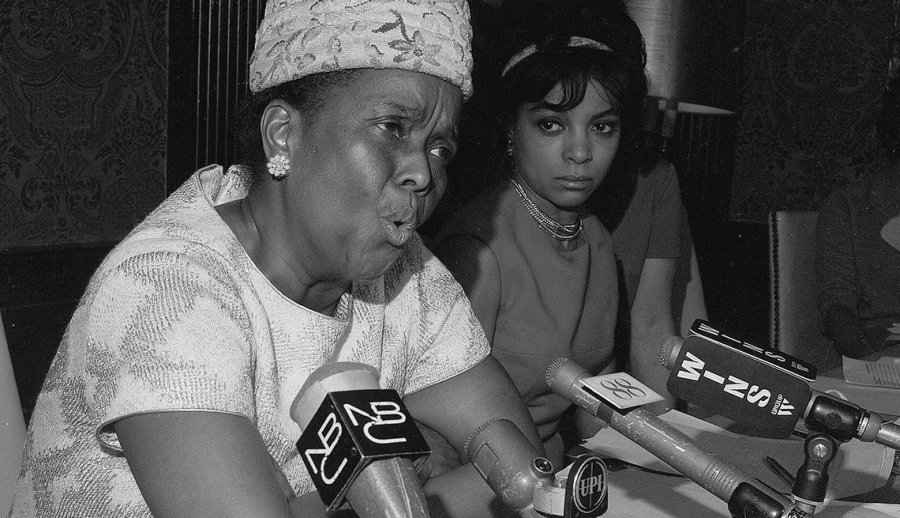

The Growth of the Civil Rights Movement
From 1965 to 1967, the American Civil Rights Movement expanded. 1965 was the peak of the unity among the Civil Rights Movement during the Selma voting rights movement. It was a movement where working class people (heavily of black people) led to fight for the voting rights of African Americans. The Selma movement's support included people of every color, every creed, and other human beings. SCLC, SNCC, and other groups were part of the organizing and demonstrations. There were costs made as a product of protests. Many black people were unjustly jailed by the police, some people were murdered by racists, and others were assaulted viciously. Yet, the cause of voting rights carried onward. On February 18, 1965, after a a peaceful protest march in Marion, Alabama, state troopers break it up and one shot Jimmie Lee Jackson. Jackson died on February 26. Though not prosecuted at the time, James Bonard Fowler is indicted for his murder in 2007. On February 21, 1965, Malcolm X was assassinated in Manhattan, New York by many men. One man admitted his involvement, and he was a member of the NOI. Yet, we all know that the FBI and the NYPD had agents in the NOI and the OAAU. Malcolm X by 1965 was evolving rapidly intellectually to oppose imperialism, racism, misogyny, and other injustices. He was a friend to revolutionaries, scholars, authors, and communists. Malcolm X opposed the Vietnam War and criticized capitalism in an interview on 1965 as well:
"...The same thing. It shows the real ignorance of those who control the American power structure. If France, with all types of heavy arms, as deeply entrenched as she was in what then was called Indochina, couldn’t stay there, I don’t see how anybody in their right mind can think the U.S. can get in there — it’s impossible. So it shows her ignorance, her blindness, her lack of foresight and hindsight and her complete defeat in South Vietnam is only a matter of time. … It is impossible for capitalism to survive, primarily because the system of capitalism needs some blood to suck. Capitalism used to be like an eagle, but now it’s more like a vulture. It used to be strong enough to go and suck anybody’s blood whether they were strong or not. But now it has become more cowardly, like the vulture, and it can only suck the blood of the helpless. As the nations of the world free themselves, then capitalism has less victims, less to suck, and it becomes weaker and weaker. It’s only a matter of time in my opinion before it will collapse completely." (Malcolm X's Interview wth Young Socialist Magazine on January 18, 1965).
The revolutionary Malcolm X inspired SNCC and us in our time of 2020. Involving the Selma movement, Bloody Sunday took place on March 7, 1965. This was when civil rights workers in Selma, Alabama, began the Selma to Montgomery march but are attacked and stopped by a massive Alabama State trooper and police blockade as they cross the Edmund Pettus Bridge into the county. Many marchers are injured and nearly killed by crooked cops. This march, initiated and organized by James Bevel, becomes the visual symbol of the Selma Voting Rights Movement. International outrage came about against this form of police brutality. By March 9th, joined by clergy from all over the country who responded to his urgent appeals for reinforcements in Selma, King leads a second attempt to cross the Pettus Bridge. Although amassed law enforcement personnel are ordered to draw back when the protesters near the foot of the bridge on the other side, King responds by telling the marchers to turn around, and they return to Brown Chapel nearby. He thereby obeys a just-minted federal order prohibiting the group from walking the highway to Montgomery. This turnabout caused some SNCC members to criticize Dr. King. He was mocked by many with the term of "Da Lawd." On March 11, 1965, Rev. James Reeb, a white Unitarian minister, who had heeded King’s call for clergy to come to Selma, was beaten by Klansmen. Reeb died of his injuries. Reeb’s murder shocked the nation. President Lyndon Johnson used the phrase "We Shall Overcome" in a speech before Congress to urge passage of the voting rights bill on March 15.
Participants in the third and successful Selma to Montgomery march stepped off on a five-day 54-mile march to Montgomery, Alabama's capitol. This was on March 21. By March 25, 1965, after Dr. King has delivered his "How Long, Not Long" speech on the steps of the state capitol, a white volunteer, Viola Liuzzo, is shot and killed by KKK members in Alabama, one of whom was an FBI informant. Even a black deputy was murdered in Varnado, Louisiana on June 2. His name was Sheriff Oneal Moore. John Lewis was beaten for fighting for the Voting Rights Act to be passed.

On August 6, 1965, the Voting Rights Act of 1965 was signed by President Johnson. It provides for federal oversight and enforcement of voter registration in states and individual voting districts with a history of discriminatory tests and underrepresented populations. It prohibits discriminatory practices preventing African Americans and other minorities from registering and voting, and electoral systems diluting their vote. 1965 was the peak of the old school Civil Rights Movement. Many white Americans thought that the movement was over, which was incorrect. After Selma, the black freedom struggle saw more revolutionized thinking and power to demand freedom plus justice. Another event would capture the nature and remind people that the problem of oppression was more complex. From August 11-15, 1965, the Watts, Los Angeles rebellion took place. It happened because of the long history of police brutality, economic devastation, racism, discrimination, and lax opportunities in general. Over 34 were killed, 1,032 injured, 3,438 arrested, and there was the cost of over $40 million in property damage. Dr. King was booed when he gave his speech in Los Angeles, which was rare back then. Dr. King said that they booed, because the promises of civil rights didn't bear fruit, and that the complex economic problems of the North and the West Coast must be addressed in order for freedom to come for all. September 1965 saw Raylawni Branch and Gwendolyn Elaine Armstrong become the first African-American students to attend the University of Southern Mississippi. On September 24, 1965, President Johnson signed Executive Order 11246 requiring Equal Employment Opportunity by federal contractors. By the end of 1965, civil rights leaders debated on where to go from here. Some wanted to travel North, some wanted voter registration, some wanted economic programs, and the debates were endless.
Dr. Martin Luther King Jr. started to look to Chicago. Chicago was developed by industrial power and a diversity of people. Black Southerners via both Great Migrations came to the city for economic opportunities from Mississippi, Alabama, Louisiana, etc. Chicago still had problems of discrimination, police brutality, lax housing, deprivation of economic power, and other issues while banning legal Jim Crow apartheid. Dr. King wanted change, so at the beginning of 1966, he traveled into Chicago to address slums. Dr. King had a hard time, because Richard Daley supported the Vietnam War and had black bourgeoisie advocates to strife Dr. King's efforts. Many Northerners and Midwestern folks back then hypocritically criticized the South for its racist policies against black Americans, but when Dr. King came to their areas to fight for justice, many of them resisted his progressive plans. In Chicago, Dr. King was hit in the head with a rock by racists. On January 10, 1966, NAACP local chapter president Vernon Dahmer was injured by a bomb in Hattiesburg, Mississippi. He died the next day. On June 5, 1966, James Meredith began a solitary March Against Fear from Memphis, Tennessee to Jackson, Mississippi. Shortly after starting, he was shot with birdshot and injured. Civil rights leaders and organizations rally and continue the march leading to, on June 16, Kwame Ture first using the slogan Black power in a speech. Twenty-five thousand marchers entered the capital. Black Power is one of the most debated concepts in human history. There are progressive and conservative factions of the Black Power movement. What unified them were their advocacy of Blackness, their call for self-determination, their resistance to imperialism, and their love of black community development. Many reactionaries and moderate civil rights leaders accused the Black Power movement of advocating racism. That is not true. Bayard Rustin opposed Black Power from a class perspective, because he felt that black people should form a coalition with the Democratic Party plus labor rights groups in getting solutions. He accused the Black Power advocates of lacking a political or economic program during the age of automation. Rustin promoted the Freedom Budget, which was progressive, but he would later become so anti-Communist that he would not be aggressive in being anti-Vietnam War. Dr. Martin Luther King Jr. took a nuisance approach of praising Black Power's promoting black economic power and political power while rejecting separatism. Dr. King said that the Black Power movement existed because of the pain of the oppression that black people felt, and that it was a call for manhood. The progressive faction of the Black Power movement included organizations like the Black Panther Party. The conservative, reformist faction of the Black Power movement was funded by the Ford Foundation, Clairol, and other entities. The conservative faction (which would promote Black capitalism) included people like Roy Innis, Harold Cruse, and others. They believed in the myth that we must end militant mass struggle and just love the capitalist system for freedom. Still, black freedom fighters made real gains like the Civil Rights Act, the Voting Rights Act, Black Studies programs, and the end of Jim Crow apartheid.
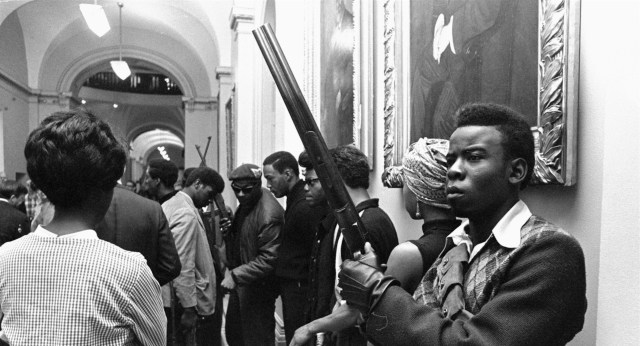

"“For years, I labored with the idea of reforming the existing institutions of the South, a little change here, a little change there. Now I feel quite differently. I think you’ve got to have a radical reconstruction of the entire society, a revolution of values.”
-Dr. Martin Luther King Jr. in 1967
Kwame Ture wanted Dr. King to align with Black Power, but Dr. King said to him that he wanted policy beyond a slogan. By this time, Kwame Ture ran SNCC. SNCC evolved to be more black nationalist by the year of 1966. John Lewis resigned. Kwame Ture allowed white people to leave SNCC, because he wanted white people to organize in their communities to fight racism. The irony is that many black nationalists claimed to be so much more radical than Dr. King, but Dr. King became more radical than them by Dr. King opposing the Vietnam War, praising democratic socialism, believing in reparations, following nonviolent civil disobedience, and calling for a radical redistribution of economic plus political power. While CORE became more conservative by the end of the 1960's (i.e. the ruling class via foundation money funded CORE to act as a middle class buffer to try stop revolutionary class liberation) and even some members of other groups, Dr. King became more progressive. The Chicago Open Housing Movement was led by many people like Dr. Martin Luther King Jr., Al Raby, James Bevel, Jesse Jackson, etc. It had large rallies marches , and demands to Mayor Richard J. Daley and the City of Chicago which are discussed in a movement-ending Summit Conference. The Chicago movement ended with little success, but it was a necessary experiment to witness how nonviolent resistance would work in the North and the Midwest. By October 1966, Black Panther Party founded by Huey P. Newton and Bobby Seale in Oakland, California. The Black Panther Party was a socialist organization that wanted power to the people, an end to police brutality, community control, an end to Western imperialism (as they were against the Vietnam War), and other progressive plans. The BPP had many women and men heroes. They openly carried guns being in favor of self defense. Some made mistakes like minimizing class struggle, some abused BPP members, etc. The Black Panther Party human beings were victims of infiltration by the FBI and outright police terrorism against their organization. This harassment by the FBI and local police forces along with future division contributed to end the Black Panther Party by the early 1980's. Yet, the Black Panther Party (which advocated self-defense and the usage of gun to protect black American communities) was a progressive out growth of the black freedom struggle.
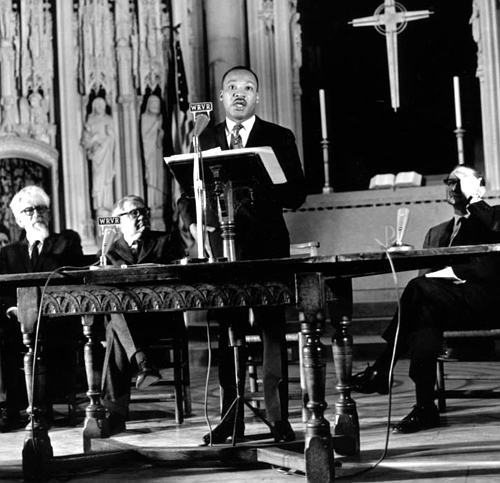
By January of 1967, Dr. King came out to overtly criticize the Vietnam War in hardcore terms. He knew that the colonialism in Vietnam was similar to the neo-colonialism of the ghettos of America by the super wealthy capitalist power structure. He knew that it was hypocritical for the U.S. government to lecture people to be nonviolent in America while using massive violence in the unjust war in Vietnam. On April 4, 1967, Dr. King delivered "Beyond Vietnam" speech, calling for defeat of "the giant triplets of racism, materialism, and militarism." Despite Dr. King being criticized by LBJ, the moderate civil rights establishment, far right anti-communists, and others, Dr. Martin Luther King Jr. courageously continued to express opposition to the Vietnam War. In Loving v. Virginia, the U.S. Supreme Court ruled that prohibiting interracial marriage is unconstitutional on June 12, 1967. In the trial of accused killers in the murders of Chaney, Goodman, and Schwerner, the jury convicts 7 of 18 accused men. Conspirator Edgar Ray Killen is later convicted in 2005. June - August 1967 was when over 150 communities had rebellions. The media called these events the Long, Hot Summer of 1967. The largest and deadliest riots of the summer take place in Newark, New Jersey and Detroit with 26 fatalities reported in Newark and 43 people losing their lives in the Motor City. The common denominators of these rebellions involve economic oppression, deindustrialization, racism, austerity, police brutality, and other socioeconomic problems that plague many places (and harm the lives of human beings). On October 2, 1965, Thurgood Marshall is sworn in as the first African-American justice of the United States Supreme Court.
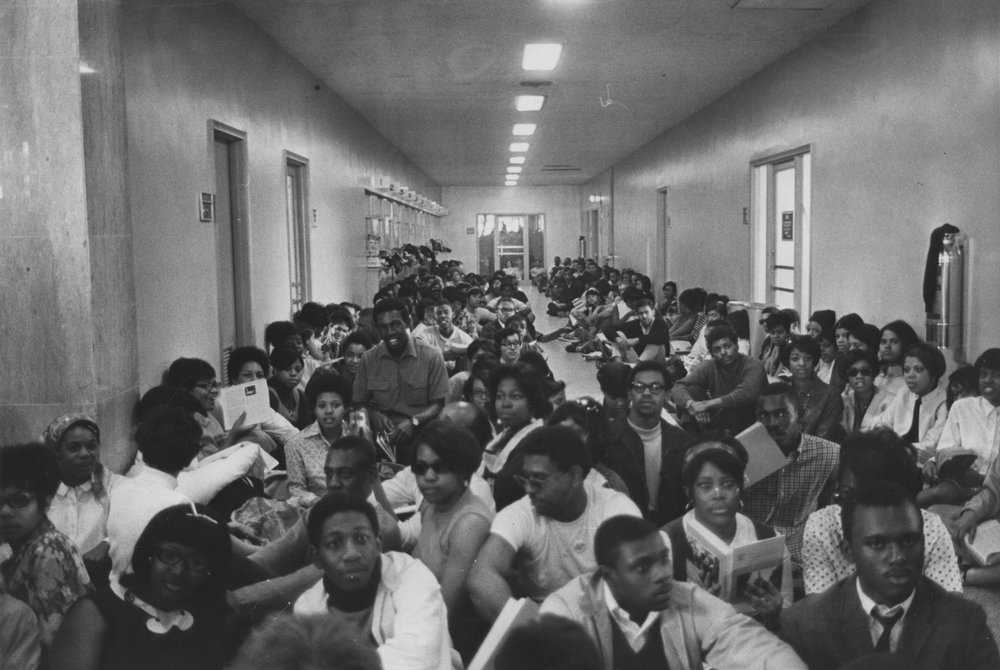


The Turning Point
1968 was the turning point in American and world history. It changed everything, and it remains one of the most revolutionary years of human history. 1968 started as it began, with controversy. The Tet Offensive lasted from January 30, 1968 to June 8, 1968. It was about a North Vietnamese surprise attack against American and South Vietnamese forces. The North Vietnam wanted this attack during Vietnamese holiday celebrations as a cover. They hid their weapons in many locations. By this time, the anti-war movement was strong, but a pro-Vietnam War movement was very powerful too. The attack caught American forces off guard. Many of them had to struggle to fight back. In Saigon, firefight battles were common. American journalists hid for cover in the amount of gunfire that transpired. One South Vietnamese police officer shot and killed a man on live TV without a trial or due process. Many locations in South Vietnam were attacked. After months of warfare including the destruction of the city of Hue by U.S. forces, the Americans and the South Vietnamese forces defeated the North Vietnam military. The Tet Offensive resulted in an American victory. The result of the conflict was that it eliminated many folks' naivete about the war. The false narrative about the war is about the U.S. wants democracy for South Vietnam, but that war was about U.S. colonial domination of the Vietnamese peninsula. Walter Cronkite said that the Vietnam War was bound for a stalemate and American withdrawal. More people saw the war as ultimately unwinnable because of many factors. Mauritius was an independent state under the UK under Commonwealth status by March 12, 1968.
On March 30, 1968, President Lyndon Baines Johnson stopped bombings over North Vietnam and he announced he is not running for reelection. That announcement sent shock waves across America, because people expected him to run for President in 1968. By this time, Joseph McCarthy was the anti-war candidate. Then, Robert Kennedy decided to run for President. On the Republican side, the center right candidate was Richard Nixon, the moderate candidate was Nelson Rockefeller, and the conservative candidate was Ronald Reagan in 1968. They all ran for President. The segregationist George Wallace ran for President in 1968 as an Independent with rhetoric similar to Donald Trump's rhetoric now. Both talked about law and order (when law must be bounded under justice and love not authoritarian order), both scapegoated progressives, both used overtly racist rhetoric, both were protested against, and both wanted America to be made into their image instead of the image of equality and inclusion. Eartha Kitt confronted LBJ about the Vietnam War and the youth. She said that people aren't protesting in the streets for no reason, and the war must ended. For that, the FBI and the CIA illegally monitored her and blackballed her for years. Latino American students on March 1968 walked out of LA school in demanding better education. Black Americans protesters in Memphis, Tennessee in favor of workers' rights involving sanitation workers in 1968 after 2 black workers were accidentally crushed to death by a garbage truck machine. These workers had little pay, little benefits, and racism. The Memphis mayor Henry Loeb refused to support unionization of the workers, so protests continued. Rev. James Lawson, Dr. Martin Luther King Jr., Baxter Leach, T.O. Jones, Helen Turner, Tarlease Matthews, and other heroic human beings were active in the Memphis sanitation workers' movement.

While this was going on, Dr. King promoted his Poor People's Campaign. This movement wanted billions of dollars from the federal government to end poverty, invest in housing developments, and restructure society as a whole. This movement had a multiracial coalition of America's suffering, and Dr. King was inspired by Mary Edelman to promote the plan. The liberal establishment and the far right opposed the Poor People's Campaign. Both groups opposed Dr. King's anti-Vietnam war views too. That shows to me that many of the mainline liberal crowd back then (or the ancestors of the neoliberal crowd today) aren't as progressive as they claim to be. Dr. Martin Luther King Jr. was certainly right that a radical redistribution of economic and political power was in order. One march in Memphis turned violent by agent provocateurs, and Dr. King wanted another march to prove that nonviolent protest could cause real change in America. After meeting Dorothy Cotton (who was his very close friend and confidant. Dr. King and Dorothy Cotton revealed together, discussed issues, and fought for racial justice), lawyers, his brother, Georgia Davis (she was the former state Senator of the state of Kentucky who fought for civil rights), Jesse Jackson, Andrew Young, and other people, Dr. King had hope that the Memphis strike would be successful. Before that would occur, he was assassinated by a gunman on April 4, 1968 after he gave his I Have Been to the Mountaintop speech. He was only 39 years old.
Immediately after Dr. King's unjust assassination, rebellions existed in over 100 cities nationwide in America. The Housing Bill was signed into law, but the world would never be the same again. The Black Panthers and the Black Power movement in general started to reach its peak. Robert Kennedy won many states, but lost the Oregon primary because of RFK's gun control stance. Oregon back then was a much more conservative state. RFK's supporters and Eugene McCarthy's supporters fought for votes. When RFK won California, it was a clear conclusion that Robert Kennedy had a legitimate chance to win the nomination. LBJ didn't want RFK to win the nomination, The reasons are clear. LBJ and RFK hated each other. Also, Robert Kennedy opposed the conduct of the Vietnam War and wanted a resolution to end the war, but LBJ supported the Vietnam War until the day that he died. Hubert Humphrey was in the race. RFK was assassinated on June 1968, and then Humphrey won the Democratic nomination. The Democratic National Convention took place at Chicago. Many protesters as diverse as SDS, Yippies, etc. were there. The protests were large, and the police enacted a riot to harm even peaceful protesters with batons. Many people were arrested. The campaigns in Chicago were filled with debate over an anti-war proposal.
When Congressman Ribicoff condemned the Gestapo tactics of the Chicago police at the Chicago Convention center, Mayor Daley yelled at Ribicoff. The Miami Convention for the Republicans elected Nixon as the candidate. Protests were in Miami, but it was nothing compared to the chaos in Chicago which was agitated by the police. The police initiated a police riot where cops chased innocent people into buildings to beat them up. Humphrey was a liberal on every issue except on foreign policy. He went along with the Johnson administration on the Vietnam despite his private skepticism about the war. It would be only at the end of 1968 when Humphrey wanted to cease bombings and called for a peaceful resolution and end to the war. By this time, his poll numbers went up and he nearly won the 1968 election. Also, Humphrey refused to reveal in public that Nixon was trying to cut a secret peace negotiation among North and South Vietnam (via Nixon fund-raiser Anna Chennault, the Chinese-born widow of a World War II hero). LBJ called this act treason, but Humphrey didn't reveal it to the public. Humphrey regretted this decision. Lyndon Baines Johnson secretly didn't trust Hubert Humphrey, because he knew that if Humphrey was President, he would have prematurely end U.S. involvement in the Vietnam war. That is why LBJ secretly wanted Nelson Rockefeller, who was a moderate Republican, to be on the GOP ticket according to Joseph Califano (an aide to LBJ). Later, LBJ wanted Humphrey to win the election. Hubert Humphrey almost won the election by saying that advocating a bombing halt in the closing days of the campaign. By November 1968, Nixon won the election. America would witness the right wing counterrevolution.

The Second Malayan Emergency started on June 17, 1968. The Treaty on the Non-Proliferation of Nuclear Weapons (NPT) is opened for signature on July 1, 1968. By July 17, 1968, Abdul Rahman Arif, the President of Iraq at that time was overthrown by a coup staged by Iraq Ba'athist Party. The revolution eventually lead to the installation of the Ba'athist government in Iraq. On August 20, 1968, Prague Spring Reforms in Communist Czechoslovakia result in Warsaw Pact for Soviet Red Army to crush Czechoslovakian revolt. The Prague situation proved once again that Stalinism doesn't work to enact social justice or economic justice at all. The problem with Stalinism was that it devolved into a nationalist program of the Stalinist bureaucracy (increasingly produced economic crises, food shortages, and discontent among the working class not being related to true socialism at all). Swaziland becomes independent from the UK on September of 1968, and Equatorial Guinea becomes independent from Spain on October 1968. By December 23, 1968, the captain and crew of the USS Pueblo were released by North Korea.
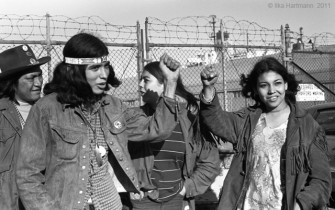
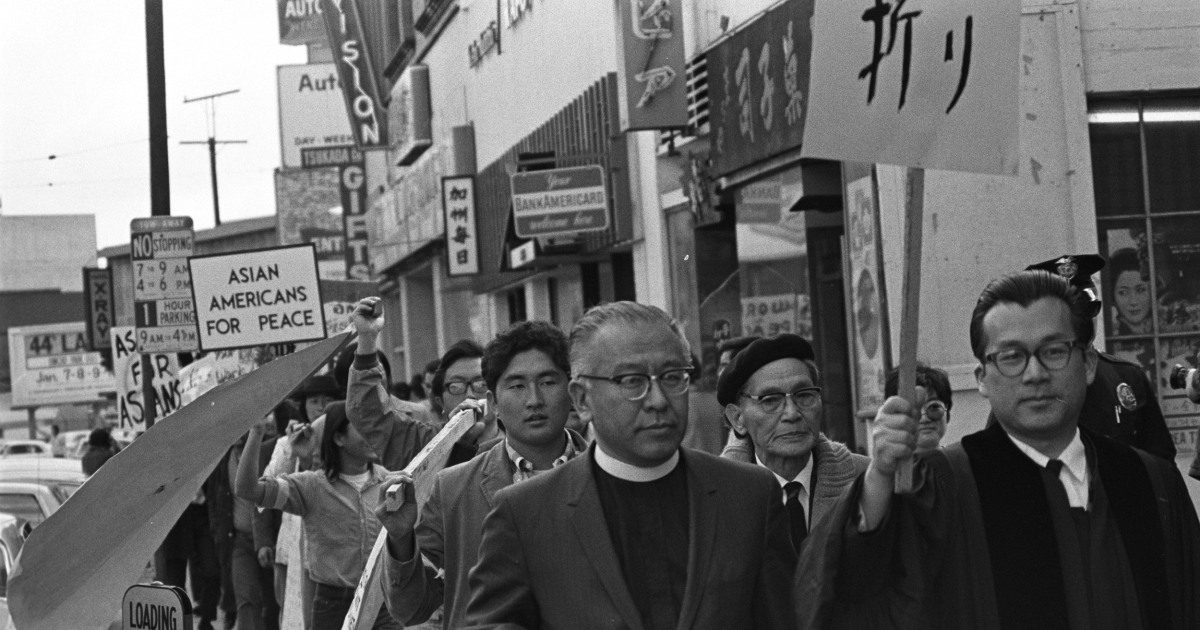

Other Social Movements
Other social movements existed during the Cold War from the 1960's to the 1970's. There were women, those of the disabled community, Hispanic Americans, Native Americans, Asian Americans, those of the LGBTQIA+ community, and other human beings protested, using civil disobedience, and using other forms of resistance. They fought oppression. Regardless of how people feel about the counterculture or the sexual revolution, all human beings are created equal and have the right to pursue life, liberty, and the pursuit of happiness. You can't say that only a certain type of people are deserving of justice but not others. You have the right to believe in what you want. That is part of freedom, but you have no right to oppress a person because of his or her's background though. Therefore, these social movements had many differences. The women's rights movement was divided into many waves to fight for equality for women, end workplace discrimination, and advance funding to promote justice among the sexes. The disabled movement fought for places to accommodate them in buildings, and to promote dignity for those who are disabled. Hispanic Americans from New York City to Los Angeles fought for educational opportunities, civil rights, and other human rights. Native Americans rejected second citizenship, wanted reservations to have massive improvements, and reminded Americans that their lands were unjustly stolen along with broken treaties transpiring by a vicious system of racism. Asian Americans, who worked hard constantly, desired not only freedom but the elimination of stereotypes sent their way constantly. Many activists including the martial artist Bruce Lee did a lot to refute the negative, racist stereotypes about Asian Americans. The LGBTQIA+ human beings were relegated to the shadows for a long time in America. Before 1960, if someone was gay or lesbian, they could be arrested, fired from a job, or lack benefits just because they weren't straight. Before 1960, people were abused, beaten, and called slurs constantly without any punishment from mainstream society. Stonewall (which had many gay and transgender people of color fighting back) was not the first time that those in that community revolved against police harassment. It took their movement into the next level. Yet, these movements are similar in advocating for equality and human justice. That is why I don't believe in calling a person a slur or scapegoating them because a person's background is different from my own. I always find that certain people who have an obsession with demonizing those of other backgrounds in the most vicious language possible are insecure in their own ways (if you know what I mean. Those folks protest too much), but let's leave it at that.

By the 1970's, these movements grew from social causes to environmental causes. The hippie movement was right that peace is the ultimate goal of humanity. The problem with the hippies was that they felt that disengagement with society or ignoring the outside world via enclaves would cause change. Life doesn't work that. History teaches us that real change requires activism, working with the people, confronting evil, building institutions, and being engaged in problem solving. You have to work and fight injustice in order for real societal, structural change to exist. The Sexual Revolution was promoted by diverse people from Alfred Kinsey to Hugh Hefner. The Sexual Revolution in my opinion was half right. It was right to say that adults having a puritanical discussion about sex and sexuality is unrealistic and very much draining. We have to be honest about sex as a normal human functional behavior. We have to research and discuss about these things openly without apology. The proponents of the Sexual Revolution in many cases were wrong in refusing to describe boundary lines involving sex. In other words, we can't do what we want whenever we want. We are human beings not savages. We have to be wise, and we have the responsibility to use righteous action in dealing with sexuality. Legitimate moral boundaries in human behavior causes social stability. Reckless sexual behavior without boundaries increases the risk of STDs and other problems. Later, we know about the complex nature of sex in a higher level than the past.
Nixon's Counter-Revolution
Richard Nixon's 1968 Presidential campaign and Presidency were part of the counterevolution. This counterrevolution existed long before 1968, but it has grown since the 1964 Goldwater movement. Goldwater wanted to end federal civil rights laws and a more active federal government to promote the general welfare of society. By 1966, Republicans gained the majority of the Congress and new Great Society programs were never passed in a great deal as during the time of 1961-1966. Richard Nixon believed that the Silent Majority (as he termed it outlining silent Americans among the South, the Midwest, and other places of America who wanted the status quo) supported his agenda. Nixon promoted himself as more moderate during his 1968 campaign, but he was still a reactionary extremist. Nixon lost the 1962 California governor's race to the progressive Pat Brown. Nixon politically opposed the moderate Republicans like Nelson Rockefeller and George Romney (or Mitt Romney's father). Richard Nixon wanted no debates, and he used campaign commercials. Also, he issued propaganda in gaining support among Southern people, conservative people, and others in winning the election. He was inaugurated by January of 1969. Soon, the people saw the real Nixon who was anti-civil rights, pro-imperialism, and anti-liberation. Nixon claimed to desire "peace with honor." He promoted Vietnamziation or using South Vietnamese forces being invested, and once those forces are fully funded then they could defeat North Vietnamese forces plus end the Vietnam War. Nixon promoted the Southern Strategy by gaining former Southern Democrats who became Republicans in order to increase the power of the Republican Party. Nixon passed the EPA, the Clean Air Act, OSHA, promoted detente, and advanced the earned income tax credit. These are progressive policies that I have no problem with.
Yet, Nixon, behind the scenes, allowed the FBI to illegally monitor and harm the Black Panther Party. The Chicago police in 1969 murdered Fred Hampton and Mark Clark with the help of the informant O'Neal. He supported the coup against progressive leader Allende in Chile. Nixon opposed extending the 1965 Voting Rights Act, and he lobbied Congress to end the fair housing enforcement programs. He once wanted to allow the segregationist G. Harold Carswell of Florida to be on the Supreme Court. Nixon failed. His vice President first was Spiro Agnew who was caught being involved in financial corrupt despite his hypocritical lectures on morality to liberals. Nixon carried out an invasion of Cambodia which was against international law. Nixon claimed that the bombing would cut off resources from the Ho Chi Minh trial. People protested in America and the Kent State Massacre plus the massacre at Jackson State University existed in 1971. Henry Kissinger supported Vietnamization. Operation Linebacker was on May 9, 1972 when Nixon bombed Haiphong and other targets in North Vietnam. In 1972, George McGovern faced Richard Nixon in the Presidential case. McGovern was an old school progressive who wanted to end the war, wanted economic justice, and social changes in general. Back in those days, the Democratic Party establishment was in conflict. McGovern lost the election to Nixon. Today, McGovern would be very much a progressive Democrat like Elizabeth Warren or Bernie Sanders. After McGovern's defeat, the Democratic establishment would be more conservative along with the rise of the DLC. Nixon was renewed in 1972. Yet, by that time, rumbles dealing with Watergate grew.

Watergate
Watergate is the scandal when Nixon supporters broke into the Watergate building in trying to find dirt on Democrats. The problem was that this was illegal, and Nixon was caught being involved in obstruction of justice, violating civil liberties, and using a network in promoting political corruption. Nixon wasn't the first President to do these evils, but he was caught so badly, that Nixon was in a desperate situation. James McCord was one Watergate burglar who said that Nixon administration officials were involved in the break in. More information came out as a result of the 1973 Congressional trial. McCord was part of CREEP or the Committee to Re-Elect the President. G. Gordon Libby was part of the group. They wanted to use intelligence surveillance in order to find dirt on Democratic candidates. Woodward and Bernstein reported on the events and mentioned one source named Deep Throat (which we know now was a FBI agent). By November 1973, Richard Nixon said that, "I am not a crook." Richard Nixon was of course a liar. As time went onward, most Americans didn't trust Nixon. Former White House official John Dean testified that Nixon organized corruption around the Presidency and that he had secret tapes to confirm his testimony. People wanted the tape. Congress wanted them. Nixon fought all the way to the Supreme Court, and the Supreme Court said that Nixon had to release the tapes to the public. Nixon couldn't use the executive privilege excuse. The tapes confirmed what Dean said. On those tapes, Nixon wanted to use money to help the burglars, he used racist and anti-Semitic language, and he showed a vicious, callous side. Nixon fired many people like Archibald Cox who wouldn't go along with him (via the Saturday Night Massacre). More Nixon officials were indicted by March of 1974. By August 1974, people heard of the Nixon cover up of the break in. Nixon lied in once saying that he had no knowledge of the break in at Watergate. He was forced to resign by August 9, 1974. He was in risk of impeachment and prison time. That is why President Gerald Ford pardoned him. That pardon was controversial at the time, because much of the public wanted Nixon to have a serious punishment for his criminal actions. Americans were shocked about how not only Nixon, but elements of the CIA and FBI monitored reporters and social activists illegally, used the federal government to harass folks, and organize illegal invasions of sovereign nations like in Cambodia. That is why new laws restricted the powers of the CIA and FBI during the aftermath of Watergate.
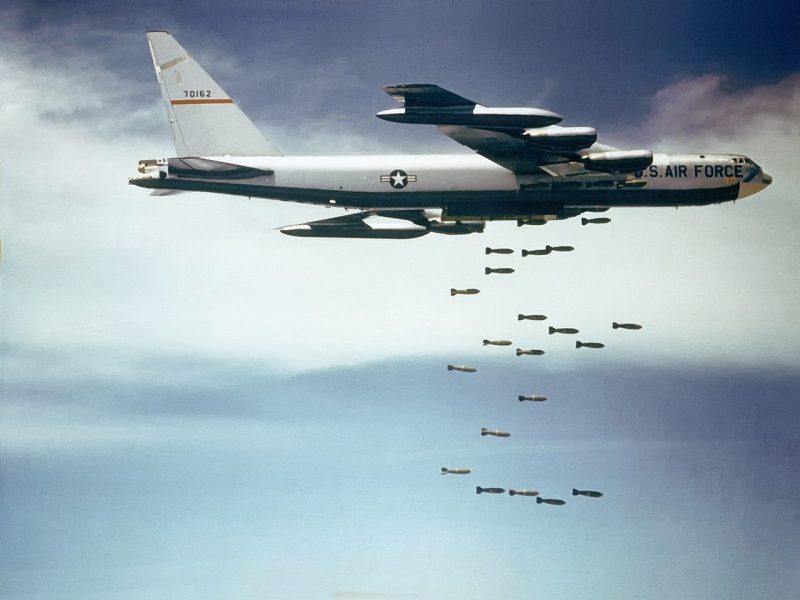
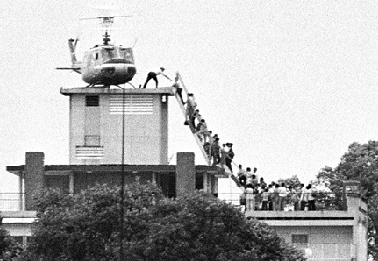
The end of the Vietnam War.
The end of the Vietnam War existed in processes. It didn't end in one full event. It was a product of a series of events. Both sides committed torture and war crimes against each other from the Hanoi Hilton torture center where Americans were brutalized to Operation Phoenix where the CIA allowed soldiers to brutalize and murder Vietnamese people. The Christmas bombings of 1972 or Operation Linebacker II was harsh and brutal. The U.S. dropped 36,000 bombs on factories, railroad yards, bus stations, etc. Hanoi's largest hospital was bombed and the residential neighborhood of Khem Thiem. These Christmas bombings were condemned by activists, the media, politicians, the Pope, and other world leaders. Le Duc Tho of North Vietnam and Henry Kissinger met at Paris on January 23, 1973 to talk peace talks. For this meeting, both men won the Nobel Peace Prize in 1973. The Paris Peace Accords was on January 23, 1973. Le Duc Tho was the North Vietnamese Foreign Minister, and we know Henry Kissinger as the Secretary of State. South Vietnamese President Thieu was skeptical of the Accords , but he went along with it. There was a cease fire and the North Vietnamese were allow to replace spending materiel in the South. Saigon had U.S. aid. The communists waited until they would execute their plans to take over Saigon. Nixon said that if North Vietnam violated the ceasefire, then he would militarily intervene. The Case Church Amendment prohibit U.S. military intervention. That was in 1973 when the oil crisis came after the Yom Kippur war (when Egypt preemptively attacked Israel unjustly. Even the most strongest anti-Zionists admitted that the Yom Kippur attack on Israel was unjustified). Resources weren't readily sent to South Vietnam because of the oil crisis. By January of 1974, the Viet Cong conquered more territory. Nixon was gone from office at August 1974. Gerald Ford was the new President. Ford dealt with a heavily Democratic Congress. Congress withhold financial aid to South Vietnam. The new mostly Democratic Congress wanted no military aid to South Vietnam in 1976. By 1975, North Vietnamese forces ruled more lands and started to travel into Saigon. Hue fell to North Vietnam on March 25, 1975. President Thieu of South Vietnam resigned and said that America betrayed South Vietnam. North Vietnam forces conquered all of Saigon by April 30, 1975. U.S. forces including the Marines, Vietnamese people who wanted to leave Vietnam, and other people were evacuated via Operation Frequent Wind. President Doung Van Minh surrendered. The Vietnamese flag was raised on the gates of the Independence Palace in Saigon. The Vietnam War was over. Ironically, America and Vietnam would be on good trading terms by the 21st century.

Trigonometry and Precalculus (Including Statistics)
One of the most important and sometimes complex mathematics in the world are trigonometry and precalculus. Both items are used in science, architecture, engineering, technology, class assignments, and other arenas. Some of the greatest mathematicians in human history studied or use innovation in both types of mathematics. When I was a child, I studied both styles of math greatly. It was certainly fund to learn about formulas, equations, and how applications related to various realms of research. To find distance formulas, the slope of a line, the slope-intercept equation, logarithms, and exponential plus logarithmic functions, you have to be in love with mathematics. Doing that gave me a better awareness and understanding about how the universe functions. You have to learn about trigonometry to have a greater appreciation about the travel plus the force of objects involving physics. You have to love pre-calculus in order for anyone to comprehend complex algebraic expressions.
-Step-24-Version-2.jpg)
Mathematical concepts
There are many concepts of precalculus. Many of the major concepts of precalculus include complex numbers, polynomials, composite functions, trigonometry, vectors, matrices, conic sections, probability and combinatorics, and other forms of expression. The complex number is a number that be found in the form of a+bi where a and b are real number. The concept of i is a situation of the equation of x2=1. i is an imaginary number, because no real number can satisfy the answer. a is the real part and b is part of the imaginary part. For example since (x+1)2=-9 has no real answer, you have to use i to solve the equation. i is used to simplify the roots of negative numbers too. A polynomial is an expression made up of variables (or indeterminates) and coefficients that involve addition, subtraction, multiplication, and even at times division. A polynomial with a single variable is x2-4x+7. One example with 3 variables are x3+2xy2-yz+1. Polynomial equations are very common place. Many polynomial functions are found in chemistry, physics, economics, other social sciences, etc. One polynomial with 3 terms is the expression of 3x2-5x+4. Logarithms can exist in functions. Some exist in log2 (x). A logarithm is the inverse function to exponentiation. This means that the logarithm of a given number x is the exponent to which another fixed number, the base b must be raided to produce the number x. For example 10 to the 3rd power is 1000 or 10 x 10 X 10. The logarithm base of 10n of 1000 is log 10 (1000)=3. The logarithm of x to base b is denoted as log b (x). You can add logarithms too. One is about how logb(xy) = logb(x) + logb (y). All of trigonometry is the study of angles of triangles and side lengths. The functions of sine, cosine, and tangent studies right triangles. In a tight triangle, you find the hypotenuse, the opposite, and the adjacent. The reciprocals of these functions are called the cosecant, secant, and cotangent. The unit circle deals with many trigonometric values. The sine or cosine of a degree in a unit uses functions dealing with square roots and pi. Astronomy, navigation, surveying, and optics plus acoustics use trigonometry. Electronics are constantly involved in the subject too.
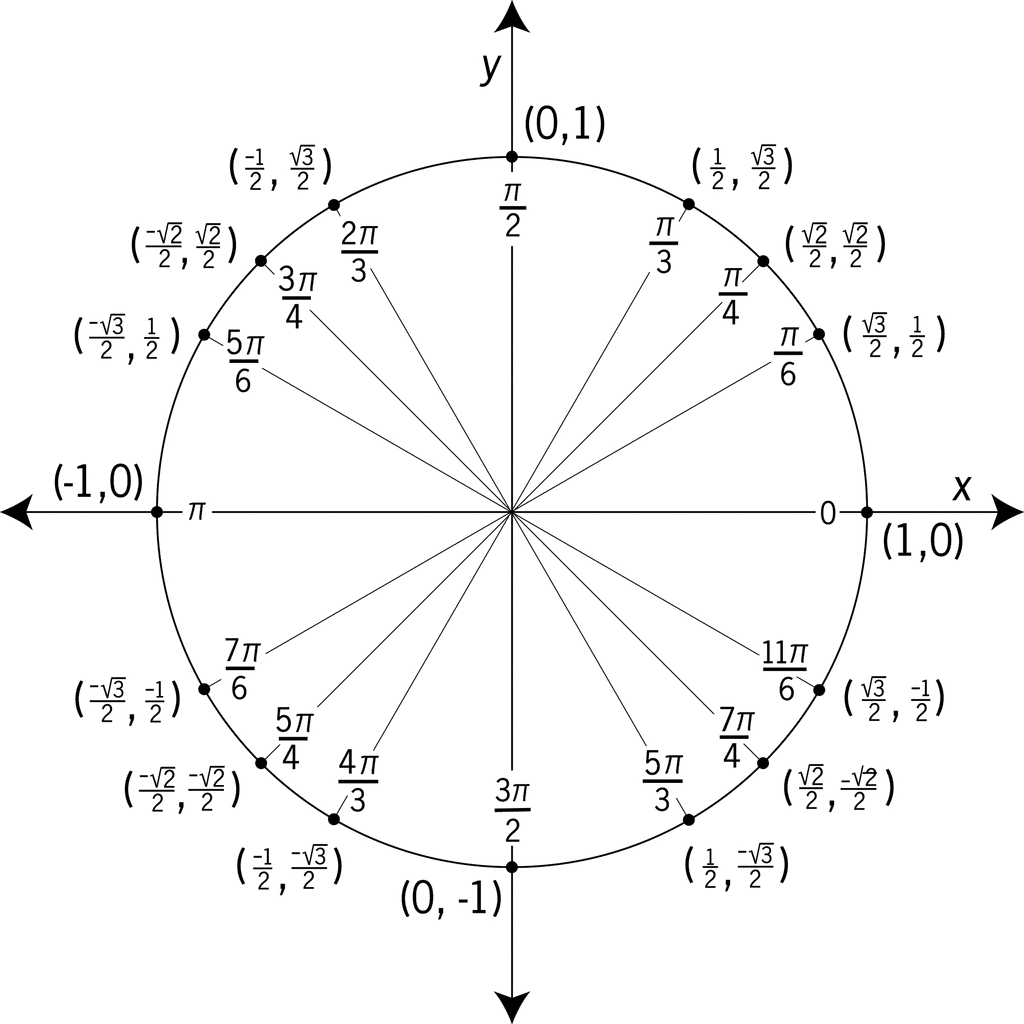
Trig Examples
One of the most important examples found in trigonometry is how angles can be divided into degrees and radians. Degrees are easy to understand. Acute angles are less than 90 degrees, right angles have 90 degrees, and obtuse angles are more than 90 degrees. A straight angle is one that is 180 degrees, a reflex angle is an angle greater than 180 degrees, and these angles help us in many fields from architecture to computer science. A right angle is pi/2 radian, a straight angle has pi radian, and a full angle is 360 degrees. There are diverse triangles too. The equilateral triangle has 60 degrees on each angle. An acute triangle has each angle being less than 90 degrees, a right triangle has one angle with 90 degrees, the obtuse triangle has one angle that is over 80 degree, the scalene is a triangle with angles that aren't equal, and the isosceles triangle has 2 equal angles.
Precalculus Examples
There are tons of precalculus examples. One example is how to find the point ofr intersection of lines with equations like x-2y=5 and 2x-5y=11. Then, you multiple x-2y=5 by 2 to get 2x-4y=10. Then, you use 2x-4y=10 - 2x -5y=11 to get y=-1. Then the y=-1 is substituted in x-2(y)=5 to solve for x. x is found to be 3. So , the point of intersection is (3,-1) among the 2 lines. Another example is an equation of the line which passes through the points (1,4) and (-3,2). The slope of the line must be found first by m=4-2/1-(-3)=1/2. The equation is y=4=1/2(x-1) or y=1/2x+7/2. Another aspect of precalculus examples involve algebraic simplification. There is an example of x3-8/x2-4. To simplify the example, you expand both functions into the polynomials of (x-2)(x2+2x+4)/(x-2)(x+2), then that is simplified to x2+2x+4/x+2.
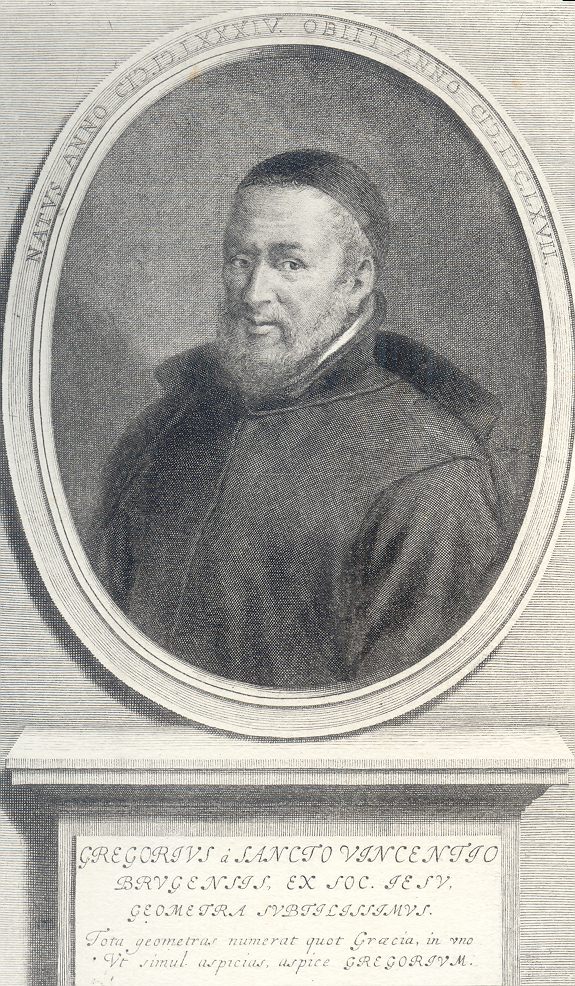

History
Complex mathematics has existed among the thousands of years of human history. Modern precalculus as we know it existed from Leonhard Euler's 1748 precalculus book entitled, "Introduction to the Analysis of the Infinite." This book focused on a survey of concepts and methods in analysis and analytic geometry preliminary to the study of differential and integral calculus. His work dealt with the concepts of variables and functions. He used innovation for the use of exponentiation to introduce the transcendental functions. The general logarithm, to an arbitrary positive base, Euler presents as the inverse of an exponential function. Then the natural logarithm is obtained by taking as base "the number for which the hyperbolic logarithm is one", sometimes called Euler's number, and written e. This appropriation of the significant number from Gregoire de Saint-Vincent’s calculus suffices to establish the natural logarithm. This part of precalculus prepares the student for integration of the monomial xp in the instance of p = −1.Today's precalculus text computes e as the limit of (1 + 1/n)n as n approaches infinity. An exposition on compound interest in financial mathematics may motivate this limit. Another difference in the modern text is avoidance of complex numbers, except as they may arise as roots of a quadratic equation with a negative discriminant, or in Euler's formula as application of trigonometry. Euler used not only complex numbers but also infinite series in his precalculus. Today's course may cover arithmetic and geometric sequences and series, but not the application by Saint-Vincent to gain his hyperbolic logarithm, which Euler used to finesse his precalculus. There was studies of precalculus from the 17th century done by Sir Isacac Newton and Gottfried Liebniz. From that time onward, mathematicians, engineers, computer scientists, economists, statisticians, healthcare providers, and many other workers have used these math concepts in enriching the world society in general. Precalculus in general deal with algebra, trigonometry, and analytical geometry.
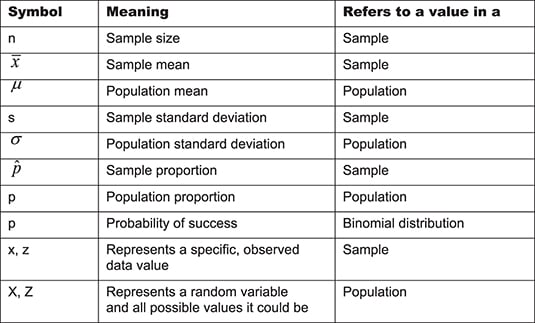
Statistical Information
Learning about statistics is very vital in comprehending how the world functions. With the existence of the coronavirus, you precisely need to get facts on median, maximums, and various ranges on graphs that describe how many people have the virus. Experiments and studies deal with statistics constantly. Researchers summarize data using indexes, mean, the standard deviation, and inferential statistics. The earliest writings on probability and statistics plus statistical methods drawing form probability theory date back to Arabic mathematicians and cryptographers like Al-Khalil (717-786) and Al-Kindi (801-873). The mean is the average of a set of numbers or the sum or the values divided by the number of values. The median is a set of data separated into the lower and higher halves (where the central number is found). The standard deviation is the most commonly used measure of statistical dispersion. It is the square root of the variance and is generally written as sigma. Variance is the measure o its statistical dispersion of a random variable. It shows how far from the expected value its values typically are.

Conclusion
For thousands of years, human beings have used trigonometry for many functions. When people study the angles found in Nature, then people know that mathematics has great value. Long ago, the scholars of the Earth knew of the movements of the stars, moon, and planets. Trigonometry helps us to understand that life is more than chemicals and biological functions. Life deals with concepts of moral principles, mathematical formulas, and developing ways to build up our societies. They knew of these things using not only astronomy but mathematics too. The way buildings are shaped, the why DNA is organized, and the outline of the other structures of the Universe has been related to precalculus in all of its manifestations. For example, the Great Pyramids of ancient Egypt dealt with angles, architecture, and various complex measurements of large stones in order for those buildings to be fully constructed. How physics work, the study of forces, spreading of molecules, and the orientation of how chemicals travel allow us to see how valuable precalculus is. No one should diminish the importance of mathematics. For years, we have learned how to count, how to evaluate logarithmic equations, and how to develop ways of building institutions require an understanding of mathematics. In the way of the world, we see how STEM fields, precalculus has inspired tons of people to have careers like those who are engineers, teachers, architects, and other human beings. The greatness of exponents, quadratic equations, polynomials, and cones allow us to see the power plus great value of the Universe.
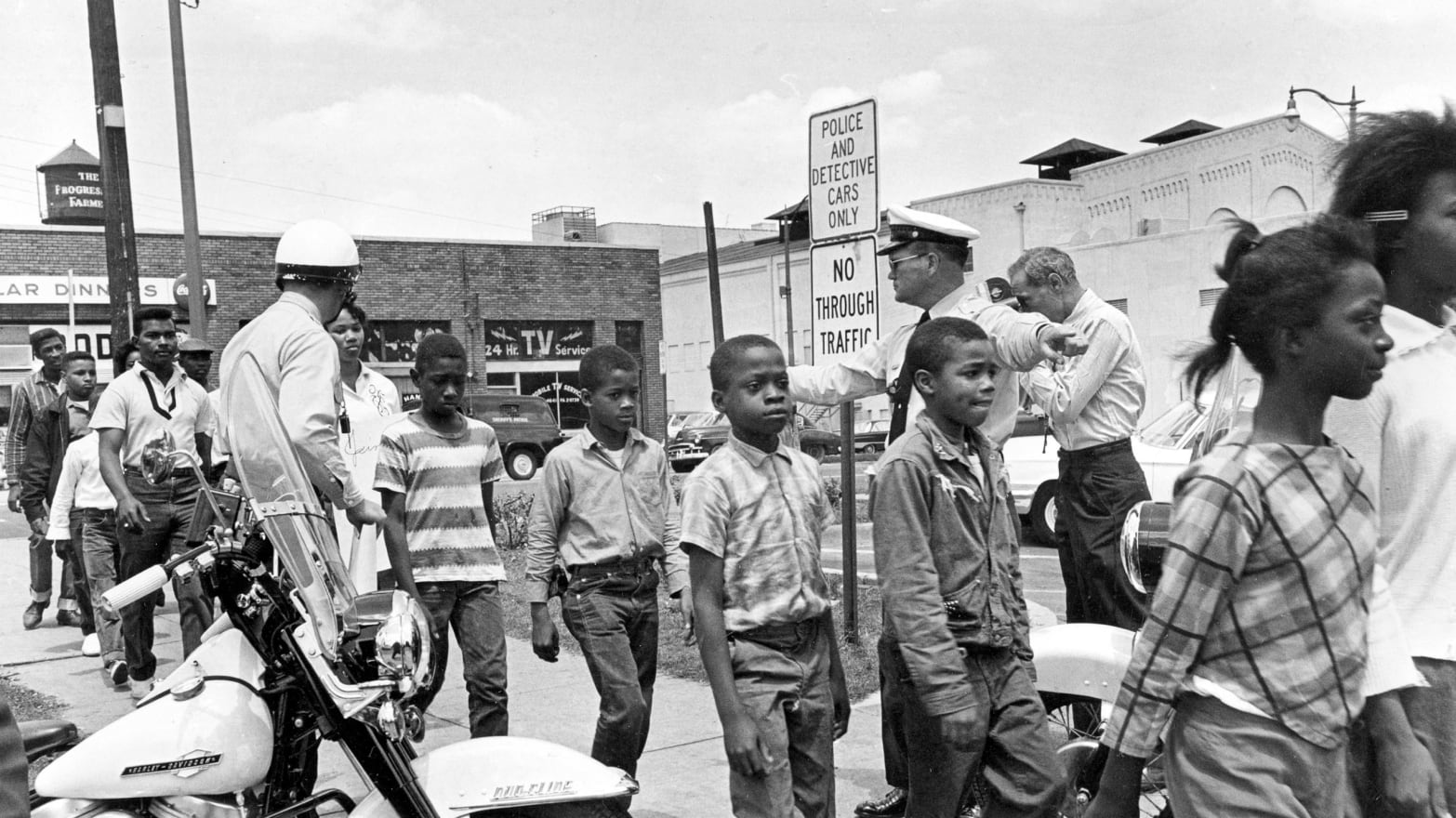
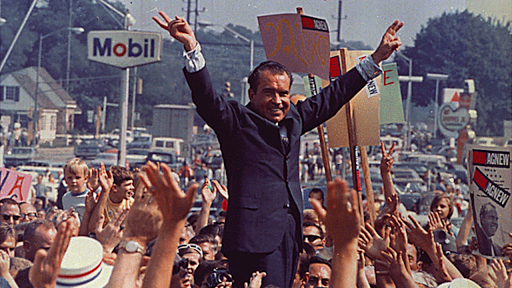
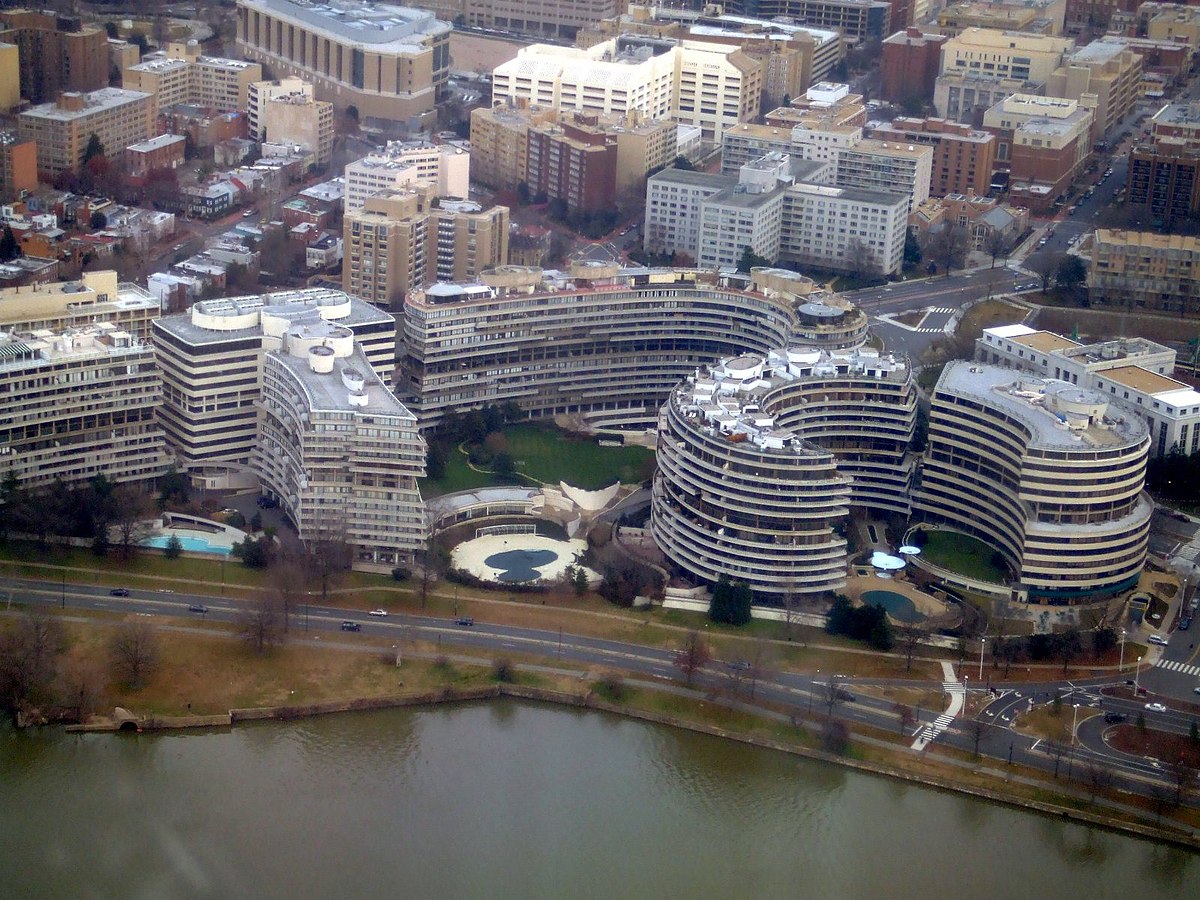
No comments:
Post a Comment